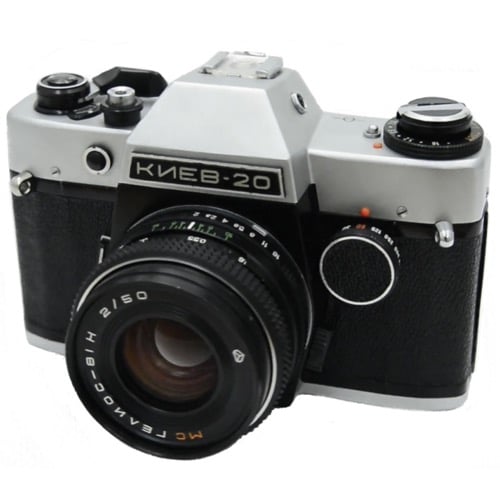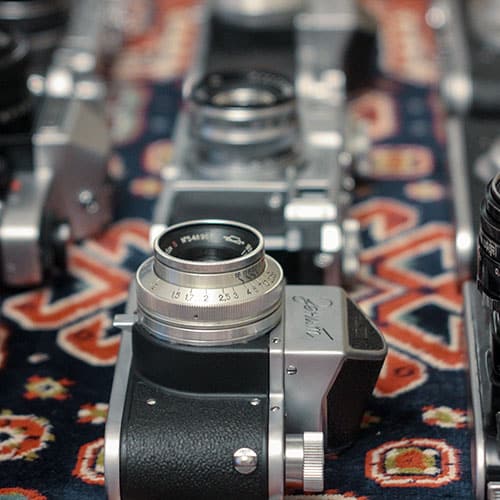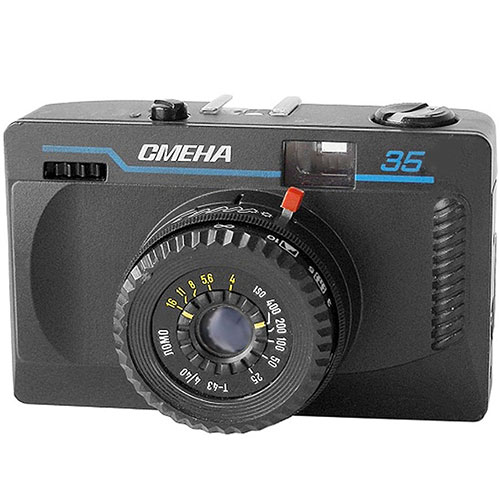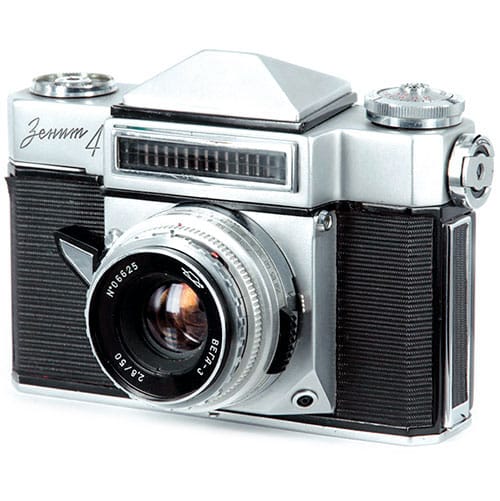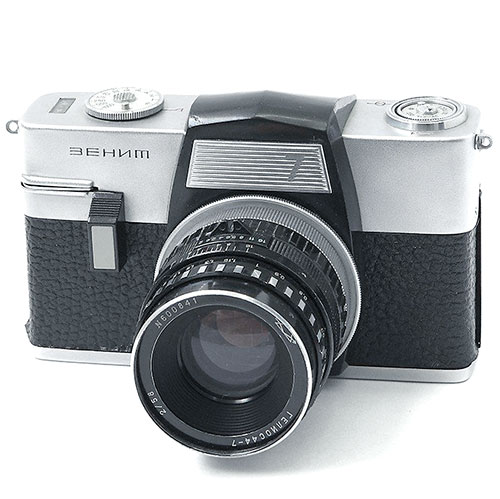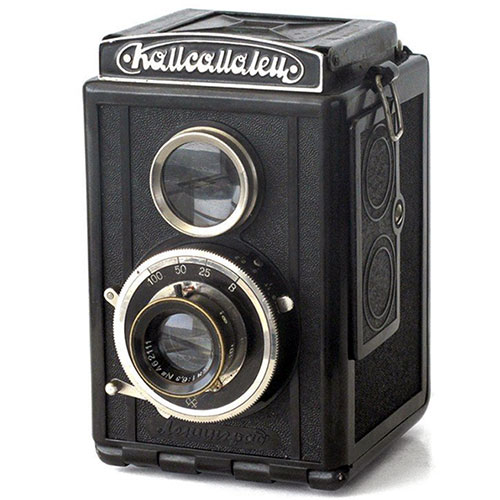ARFO-3
ARFO-3 is an improved version of ARFO-2a and has a double bellows extension and vertical and horizontal front standard shift.
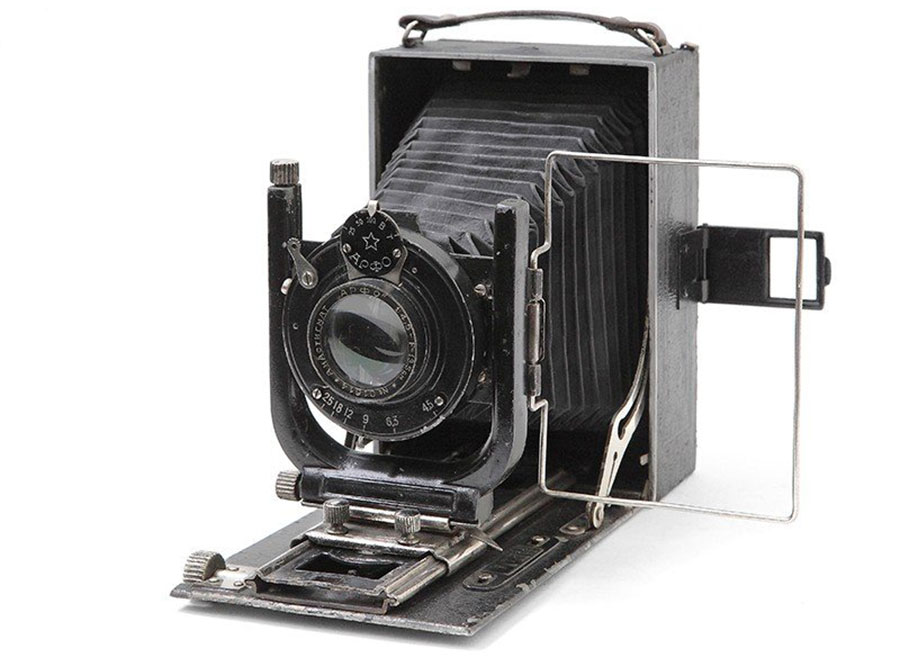
ARFO-3 is a 9×12 format camera. The camera was equipped with an anastigmat ARFO 4.5/135 lens. The shutter had the same shutter speeds as previous versions, i.e. 1/25, 1/50, 1/100, B, and T (for focusing on a ground glass).
ARFO-3 Specifications
- Type: 9×12 folding camera
- Manufacturer: Foto-Trud
- Production period: from 1936 to 1938
- Format: 9×12
- Lens mount: fixed lens
- Lens: ARFO anastigmat f4.5/135
- Shutter: leaf shutter with speeds of 1/25, 1/50 and 1/100 sec. plus B and T
- Viewfinder: ground glass
- Lighmeter: none
- Flash synchronisation: none
- Selftimer: none
- Weight: 1140 grams
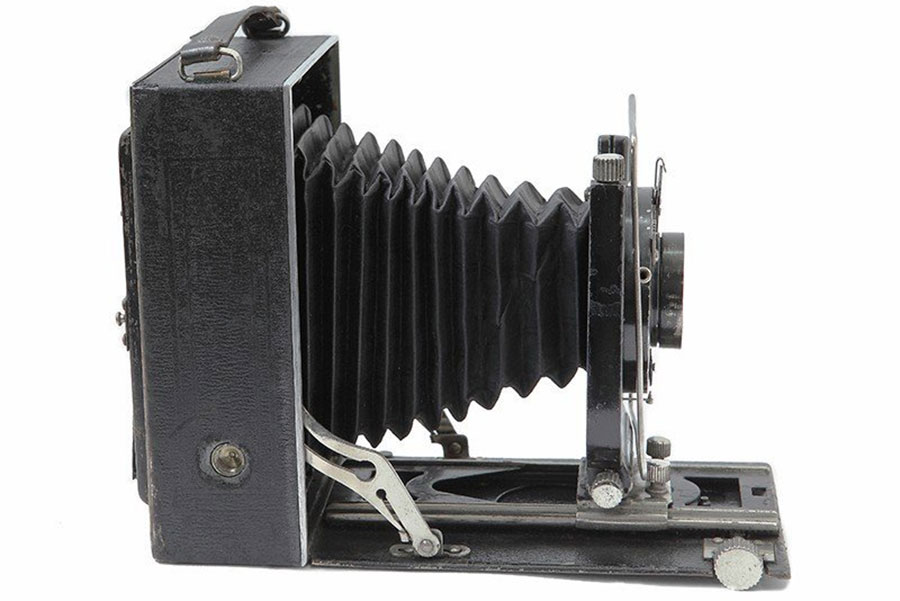
As we said earlier, according to design decisions ARFO-3 is an improved model of ARFO-2. The name of the model is stamped on a leather handle, as on all EFTE and ARFO cameras.
This very simple camera has almost everything that may be needed for beginner photographers who want to start taking pictures in a large format.
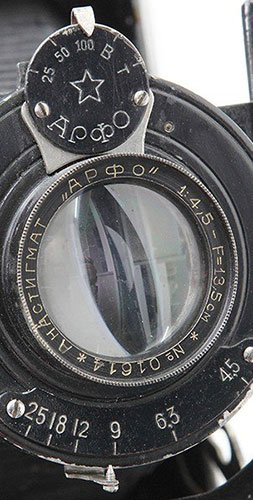
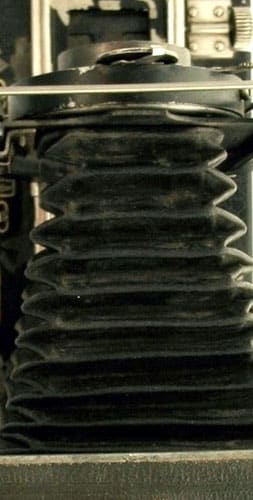
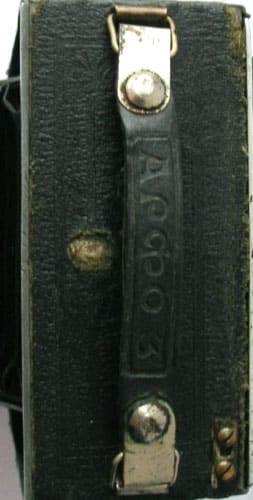
As with all other large format cameras made in the Soviet Union, it is very difficult to find a copy in good condition. If you find ARFO-3 in good condition, then you will need to disassemble, clean, lubricate and adjust the camera.
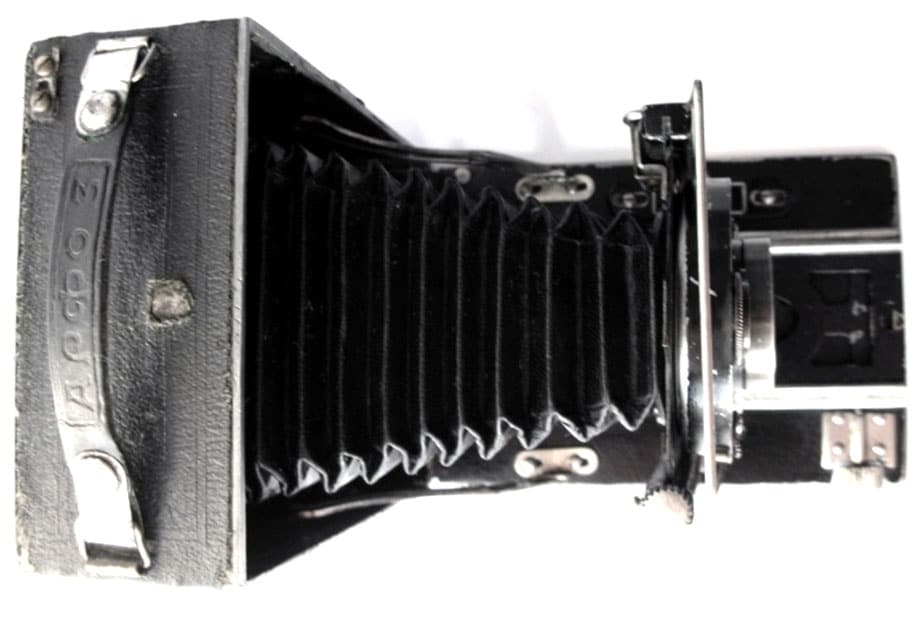
By purchasing this camera, you will get a wonderful experience with old photographic equipment. These Soviet cameras were rather rude clones of German cameras (mainly Zeiss Ikon camera clones). Of course, the quality of Soviet cameras does not reach the German level, but nevertheless, these are excellent examples of old technology.
This camera, in spite of its simplicity, has front standards movements, which can be very interesting for those who want to familiarize themselves with the capabilities of large format cameras.
Among other things, this camera may be of interest to collectors of old photographic equipment and those who are interested in how the production of photographic equipment began in the Soviet Union.
By the way, which Soviet cameras do you like the most? Do you have Soviet cameras, if not, do you want to purchase one of them? Let us know about it in the comments below.


